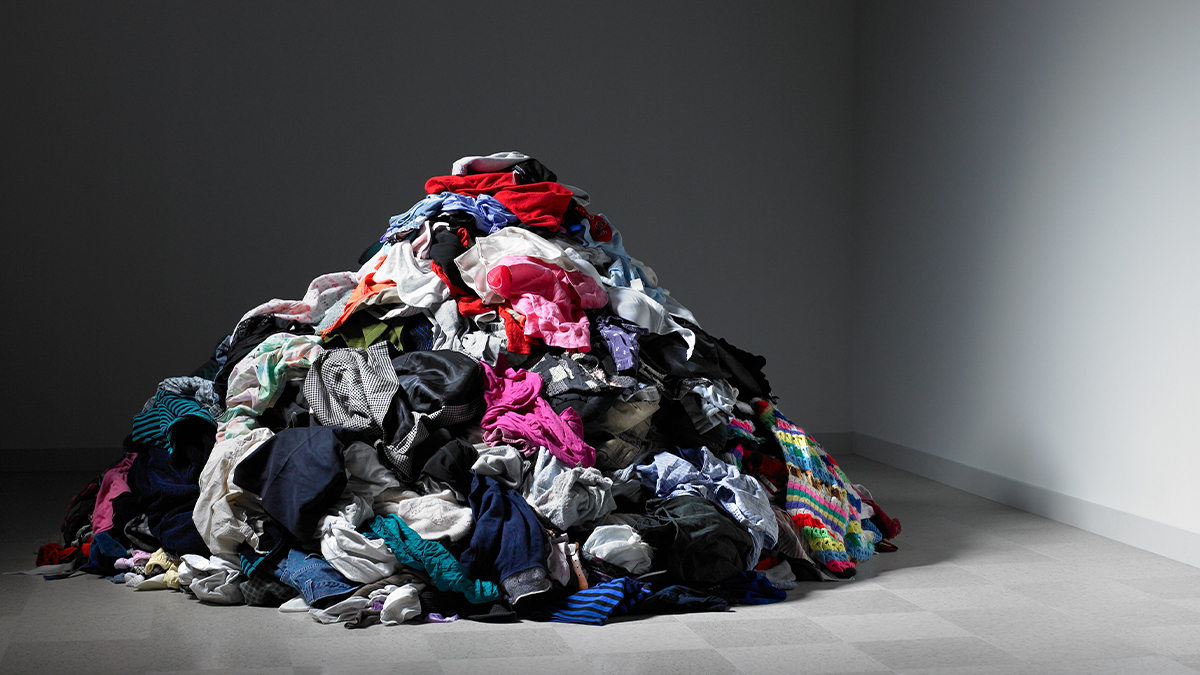In a world where fast fashion dominates, eco-fashion emerges as a beacon of hope for a more sustainable future. From upcycling to organic materials, the fashion industry is slowly but surely shifting towards more environmentally friendly practices. However, this transformation is not without its challenges. In this article, we will explore the world of eco-fashion, looking at the sustainable development practices being implemented in the industry and the obstacles that still stand in the way. Join us on this journey towards a more conscious and eco-friendly fashion industry.

– The Rise of Eco-Fashion: A Closer Look at Sustainable Development Practices in the Fashion Industry
When it comes to sustainable development practices in the fashion industry, eco-fashion is on the rise. With a growing awareness of the environmental impact of fast fashion, more and more brands are embracing eco-friendly practices in their design and production processes. From using organic and recycled materials to implementing fair labor practices, the shift towards sustainability is slowly but steadily gaining momentum.
One of the key challenges in the eco-fashion movement is the cost associated with sustainable practices. While consumers are increasingly willing to pay a premium for eco-friendly products, the reality is that sustainable fashion can still be more expensive to produce than traditional clothing. This poses a dilemma for brands looking to make the switch to sustainable practices while remaining competitive in the market.
Key sustainable development practices in the fashion industry include:
- Utilizing organic and recycled materials
- Reducing waste through efficient production processes
- Implementing fair labor practices
Challenges facing the eco-fashion industry include:
- The higher cost of sustainable production
- A lack of consumer awareness and education about eco-friendly options
- The need for more widespread adoption of sustainable practices across the industry
– Challenges Faced by Eco-Fashion: Navigating Sustainability in a Fast-Paced Industry
When it comes to eco-fashion, it’s important to consider the sustainable development practices that can help mitigate the environmental impact of the fashion industry. From sourcing materials to production processes, there are many challenges faced by eco-fashion brands as they strive to navigate sustainability in a fast-paced industry.
One of the main challenges is finding eco-friendly materials that are both sustainable and cost-effective. Many eco-fashion brands opt for organic cotton, bamboo, or recycled materials, but these options can sometimes be more expensive than traditional fabrics. This makes it difficult for eco-friendly brands to compete with fast fashion retailers who prioritize low prices over sustainable practices.
Another challenge is ensuring transparency and traceability throughout the supply chain. Consumers are increasingly interested in knowing where their clothes come from and how they were made. Eco-fashion brands must work closely with suppliers to ensure that ethical and sustainable practices are upheld at every stage of production.
– Recommendations for a Greener Future: How the Fashion Industry Can Overcome Environmental Challenges
In the fast-paced world of fashion, the push for sustainability has become increasingly important. As consumers become more conscious of the environmental impact of their purchases, the pressure is on for the industry to adopt more eco-friendly practices. One key recommendation for a greener future is for fashion companies to prioritize sustainable materials and production processes. This means using recycled or organic materials, reducing waste, and investing in renewable energy sources.
Another important step for the fashion industry to overcome environmental challenges is to embrace circular fashion practices. This involves designing products with longevity in mind, promoting repair and reuse, and ultimately reducing the industry’s overall carbon footprint. By shifting towards a circular economy, fashion brands can not only minimize their environmental impact but also create new business opportunities.
Furthermore, transparency and traceability are crucial in the journey towards a greener future. Fashion companies should be open about their supply chains, ensuring that all stages of production meet ethical and environmental standards. By providing consumers with this information, brands can build trust and loyalty while encouraging sustainability throughout the industry. It is time for the fashion industry to embrace eco-fashion wholeheartedly and pave the way for a more sustainable future. In conclusion, the world of eco-fashion represents a pivotal shift towards sustainability and ethical practices within the fashion industry. As consumers become more conscious of the environmental and social impacts of their clothing choices, the demand for eco-friendly alternatives continues to grow. However, challenges such as supply chain transparency, consumer education, and market competitiveness still remain. It is clear that the journey towards a more sustainable fashion industry is a complex and ongoing process. By supporting brands that prioritize responsible production and embracing a more mindful approach to fashion consumption, we can all play a part in shaping a more environmentally friendly and socially conscious future for the industry. Let’s continue to strive for a fashion industry that not only looks good, but does good too.

